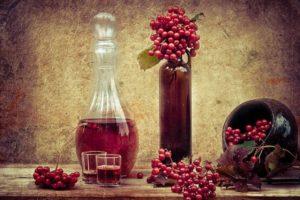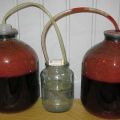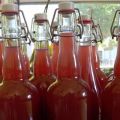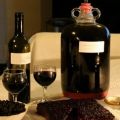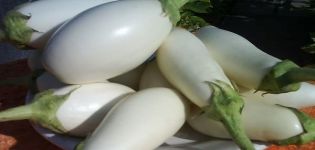Physical and chemical methods of clarifying wine from turbidity and sediment at home
Clarification of wine is a process popular in winemaking, in which the color of the liquid becomes lighter. Before tackling the clarification of the drink, you need to familiarize yourself with the features of the procedure and the most common methods.
Pros and cons of clarifying wine
Before clarifying a wine drink, you need to familiarize yourself with the advantages and disadvantages of this procedure. The benefits include the following:
- Perfect appearance. The clarified drink looks much better than usual. It becomes less cloudy due to the fact that the sediment is completely removed from it.
- Storage duration. Experienced winemakers are engaged in clarification to increase the shelf life of the prepared wine.
Among the disadvantages, one can single out the fact that, if improperly clarified, the taste of the liquid can deteriorate.
Several nuances for proper lightening at home
It is not easy to lighten a wine drink at home, as it is a laborious and time-consuming process. Some believe that such a procedure is carried out only if a person makes grape wine, but this is not the case. Plum and apple wine also needs pre-filtration and clarification.
Before starting the procedure, you need to check that the wine drink has matured. To do this, it is transferred to a warm room for 2-3 days. If bubbles appear in the liquid during this time, it means that it is not fully ripe.

Wine purification methods
There are several effective ways to thoroughly clean your wine liquid.
Physical methods
Physical methods that are popular among winemakers will help clear the muddy wine from sediment.
Filtration
To remove sediment, a common filtration method is often used. This method of cleaning is used when it is necessary to cleanse a wine made from white grapes. Experts recommend using a coarse layer filter, which consists of diatomaceous earth, cellulose or perlite. Thanks to such filters, it will be possible to clean the liquid from sediment and other large particles that it contains. If there is too much sediment in the mixture, special membrane filtration products can be used.
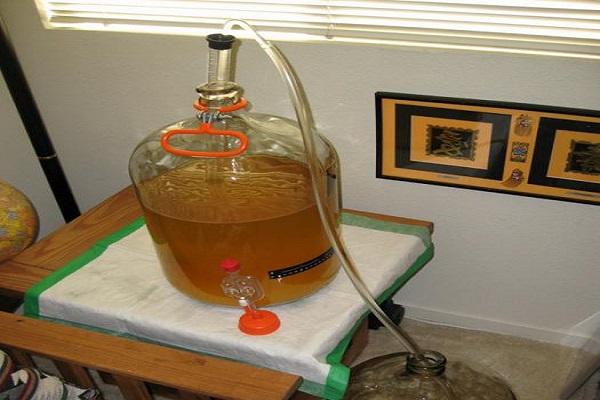
Cryostabilization
To make the wine transparent, it is recommended to use this method. This method is ideal when you need to cleanse a wine drink made from ripe cherries or grapes.When cleaning, the filled containers are transferred for two and a half weeks to a cold place, where the temperature should be 2-3 degrees below zero. Then the cold drink is poured into separate containers and transferred to the cellar for storage.
Pasteurization
Pasteurization will help to clear the liquid from the sediment, during which the wine is processed by the thermal method. This heat treatment helps to slow down the fermentation process, as well as to destroy active microorganisms that settle on the bottom. It is recommended to use pasteurization when clarifying red wine drinks.

Chemical methods
Sometimes physical methods do not help get rid of the turbidity in the liquid and you have to use chemical methods.
Egg white
Egg white contains a substance called albumin, with the help of which the liquid is not only purified, but also becomes less rigid. Winemakers recommend using protein to brighten red wines.
To clean the wine, whisk the egg white and stir it with salt water. Then everything is stirred until foam forms and added to a container filled with wine. The liquid is infused for about a month, after which it is removed from the sediment.
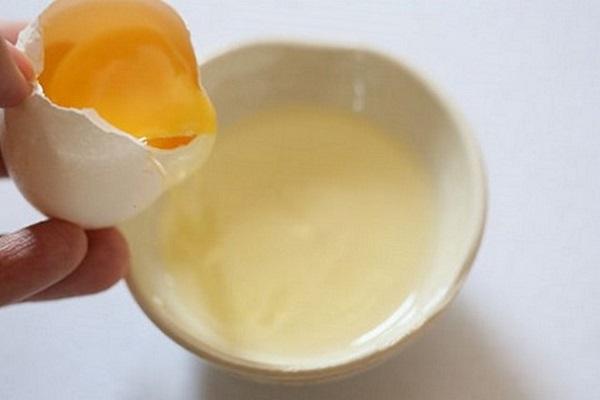
Gelatin
This product is considered universal as it is suitable for any type of wine drinks.
To clarify ten liters of liquid, you need one and a half grams of substance. Gelatin is mixed with cold water, after which it is left to infuse for 2-3 hours. Then the soaked gelatin is poured with hot boiled liquid and stirred until it swells. The resulting mixture is poured into a container with wine and quickly mixed with a stick. The mixture is infused for fifteen days and poured into bottles.
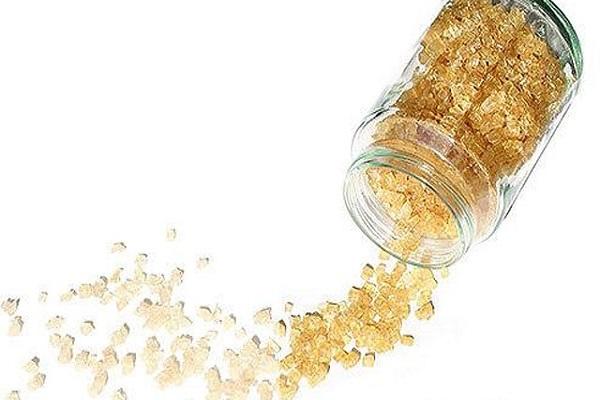
Fish glue (isinglas)
This product is sold in several forms. In stores, you can find fish glue in powder and liquid form. Fish glue is used to clean red or liqueur wine drinks. However, for too cloudy homemade wine, such a remedy will not work.
It is necessary to use such glue in the same way as gelatin.
The only difference lies in the proportions, since a gram of the product is enough to clarify one hundred liters of liquid.
Milk (as potassium caseinate)
The milk contains casein protein, which can reduce the amount of tannins in wine and get rid of the cloudy brown tint.
To clarify ten liters of liquid, you will need 8-9 teaspoons of milk. Experts advise using skim milk, as it is the most effective. Milk is added to the wine and left to infuse for a week at a temperature of twenty degrees. The mixture is then poured into bottles.
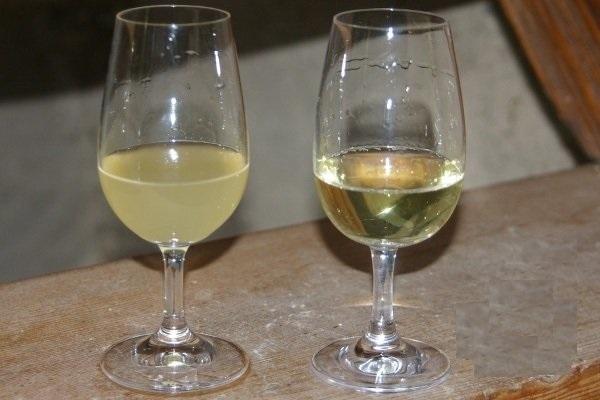
Bentonite (white volcanic clay)
According to many winemakers, the best clarifier is volcanic clay, which is sold in powder form in many stores. The advantage of this clay is that it is used both before and after fermentation.
Thirty grams of the substance is enough to lighten 8-9 liters of the drink. First, the clay is poured with water and infused for a day. Then it is added to the wort and stirred. After two weeks, the peeled wine is poured into a container.
Tannin
If you need to tackle the clarification of pear or apple wine, it is better to use tannin. First you need to prepare a mixture that will clarify the drink. 5-7 grams of the substance is added to a liter of water, after which everything is infused and filtered through a filter. Then the tincture is added to the wine and left for a week and a half.

Activated carbon
It is customary to use activated carbon not only to get rid of the sediment, but also to eliminate the unpleasant aroma emanating from the wine.To begin with, coal tablets are ground into powder, after which it is added to alcohol. Moreover, for ten liters of liquid, five grams of activated carbon is enough. After adding the substance, the liquid is thoroughly stirred up and left to infuse for four days. Then the mixture is filtered and poured into a container.
Chitosan
For cleaning wine products, you can use chitosan, which is extracted from mushrooms. The addition of this component to wine prevents oxidation of the drink and its further deterioration. It also helps to get rid of sediment and turbidity. It is poured into a container with liquid and drained after a week and a half.
Other wine wrapping agents
There are other substances that are used if you need to clarify a wine liquid. These include:
- household filtration products used for water purification;
- fillers used in cat litter boxes.
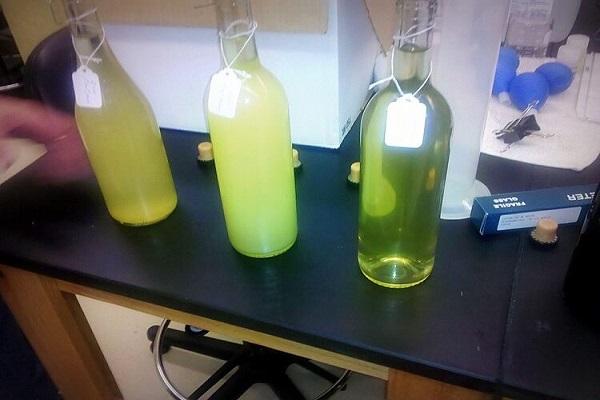
Possible mistakes
There are several errors due to which the prepared wine is not clarified. These include the following:
- red or white wine will not cleanse if the procedure is carried out at a low temperature;
- wine made from grapes did not ferment, because of which it will not lighten.
Conclusion
After fermentation, the prepared wine drink may have a cloudy color due to the sediment it contains. To make the liquid cleaner, it is necessary to use one of the considered methods of clarifying and filtering wine, as well as to deal with possible errors during the procedure.
